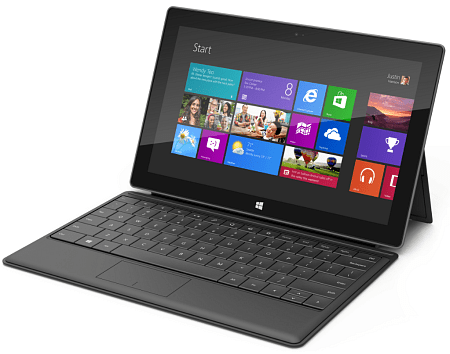Windows 8 (32 & 64-bit)
Microsoft has officially named it simply “Windows 8”, but you’ll also see it called different things like Windows 8 Basic, Base or Core version. This version contains the essential components of the new operating system. It will come on most new laptops and desktops computers – like Home Premium did with Windows 7. If you’re the average home user, this is the version you’ll want.
Windows 8 Professional (32 & 64-bit)
Experienced power users will want to run the Pro version for its extra security and administrative functions. It has additional features like BitLocker to Go, Group Policy and Hyper-V to create and manage virtual machines. You’ll be able to connect this version to a domain too. Also, if you want to run Windows Media Center, you need this version and purchase it as a “media pack”. If you’re a real “geekhead” enthusiast or supporting a small office environment, this is the version for you.
Windows RT (32-bit only)
RT is the new version of Windows running on ARM processors that are optimized for mobile devices. Windows RT is going to run on tablets like the Microsoft Surface. It features the new Windows 8 (Metro / Modern UI) touch interface. But it won’t have the ability to run desktop apps. It will be able to run a touch optimized version of Microsoft Office, but won’t run desktop applications. Keep this in mind when deciding if you’re thinking about getting a Microsoft Surface or other manufacturer’s Windows RT tablet. You’re not going to be able to run current desktop apps like Audacity, Pidgin IM, iTunes for Windows…etc. Until the “metro / modern UI” environment gets apps specific for that interface, you’ll be limited to what you can use. This chart contains the information for each version that was posted on the Windows Team blog. This doesn’t include every feature, but gives a solid representation of what is or isn’t included in each version. If you have any specific questions about a feature, leave a comment and we’ll do our best to sort it out for you. There is also the Windows 8 Enterprise edition, but you won’t need to worry about that as a consumer. Let your IT guys at work figure that one out. Make sure to check out the rest of our awesome Tips, Trick and How To’s on Windows 8! Comment Name * Email *
Δ Save my name and email and send me emails as new comments are made to this post.

